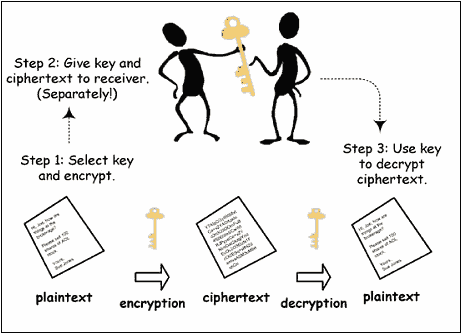HELLO FRIENDS
Today i am going to discuss serial ports and how they communicate or serial communication . i am writing about this technology due to one of
my friend,you want to know why? actually few days back my friend
went for an interview and he was asked by interviewer that tell
me something about SERIAL AND PARALLEL PORT programming
He got confuse and start stammering .After an interview he gave me call
and start discussing the things. I also became curious after this and start
to search and read about it.
So lets start today's agenda what is serial port and how they communicate.Do not worry i will discuss parallel port in my next blog
 SERIAL COMMUNICATION AND SERIAL PORTS:
SERIAL COMMUNICATION AND SERIAL PORTS:With a serial connection, information is sent across one wire, one data bit at a time. The 9-pin serial connector on most PCs uses two loops of wire, one in each direction, for data communication, plus additional wires to control the flow of information as you can see in the picture. In any given direction, data is still flowing over a single wire.
now i will give one more picture about pins details
there are only two pins(pin 1 and pin 2) are used for sending and receiving the bits or data.The rest of them are for data flow control.

Now discuss how the serial port communicate or serial communication.IN serial communication only one bit is send at a time.when first bit reach to destination then second start to travel
In serial communication basically there are two fundamental electrical lines one is for clock and other is for data.the actual data is transferred BIT by BIT on data line.The clock line signals when a bit ends and other bit start.The clock line changes it level,that is when it goes HIGH from low or vice versa ,signal this for transmission of next bit.
Do serial port need different cable for transmission? yes of course.they are known as serial cable.serial cable has two ends .one end of serial cable know as DTE (data terminal equipment) and other is known as DCE (data circuit-terminating equipment).
so my laptop port is DTE port and the cable connector also know as MALE .I have give enough example to make the thing clarify.In my upcoming blogs I will discuss about parallel port..
SO COFFEE TIME !!
BYE FOR NOW










